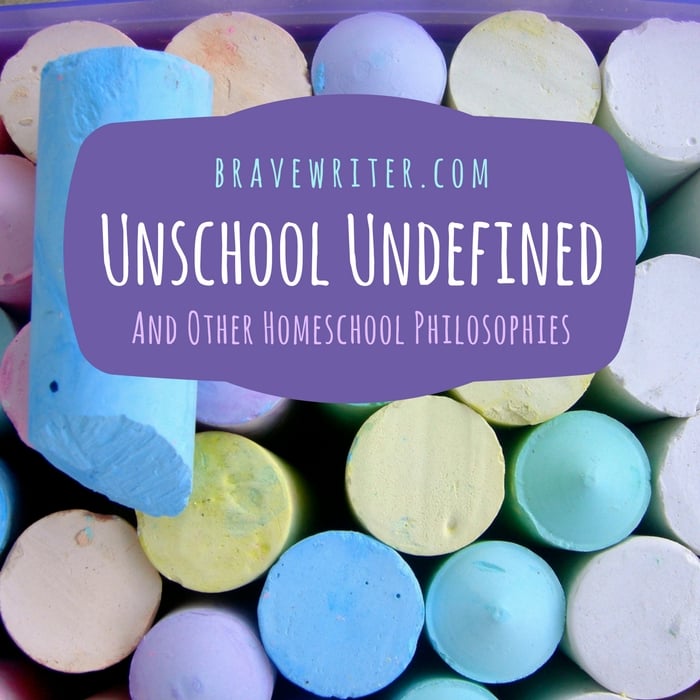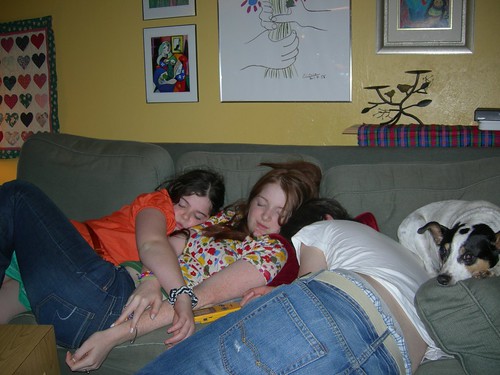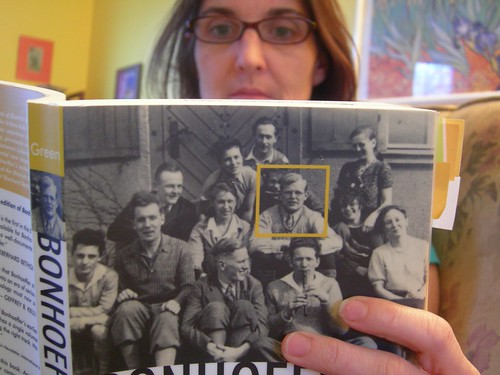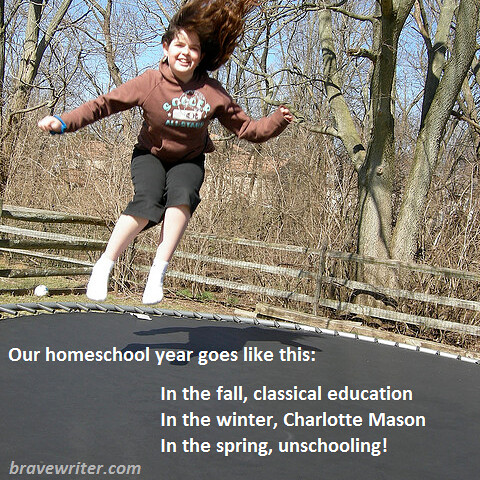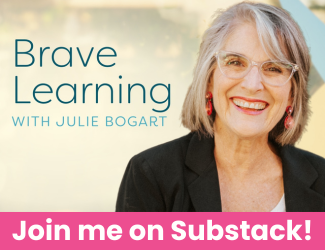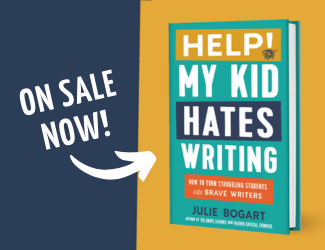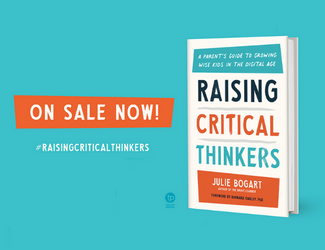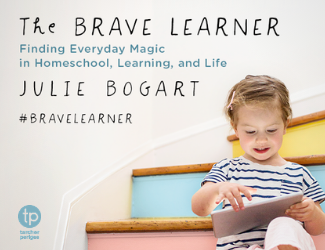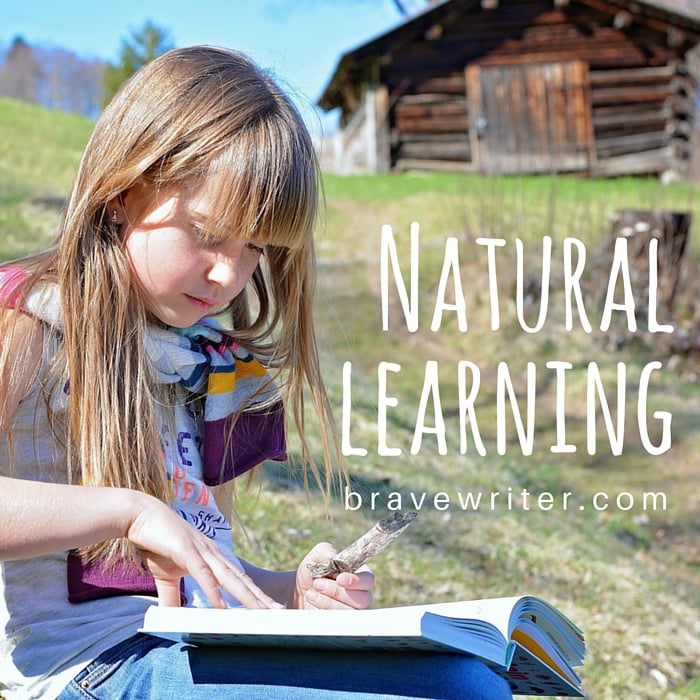
A Brave Writer mom asked on BraveScopes:
How you go about explaining natural learning and alternative education to your children to help them navigate their own understanding of learning in light of our culture’s expectations.
Talk about how they know and feel good about their days. One thing I did do with my kids was to narrate spontaneously when I saw some experience turn into a quantifiable learning experience. So I might say, “It’s amazing how much you are learning about World War 2 these days! Tanks, battles, and that movie about the Bridge on the River Kwai! I’m going to jot that down on the calendar to share with X at the end of the year.” (We presented a portfolio to a year-end evaluator in Ohio.)
If Jacob asked “Did we do school today?” I would go back over the elements of learning: “I read to you, you practiced math, we built a medieval fort out of paper towel tubes, and we had that great conversation about the book you read.”
You can explain the philosophy of education to your kids too:
The reason you are at home and not in school is because brain research has shown that kids learn more when they are immersed in their interests and work at their own pace. We have more time to do both at home.
Like that. But keep it short. Don’t go into a big treatise on what home education is and don’t run down schools. Just focus on the benefits of home.
For more about natural learning:
Unschooling Undefined
Why I Gave Up the Unschooling Label


